A helping hand for Sheffield's homeless and vulnerable at St Wilfrid's Centre
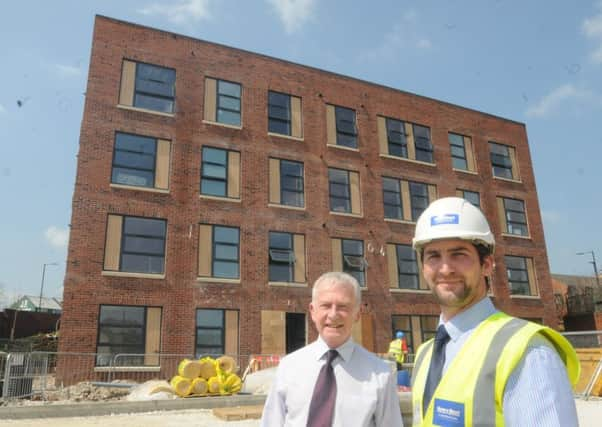

It is a journey made worse by problems such as drug and alcohol addiction and mental illness, which are the common causes of homelessness, and lead to isolation and vulnerability.
There are plenty of places in Sheffield for people to go for a hot meal, a shower and even new clothes. But there is no quick fix to the underlying issues that cause homelessness. The city has several charities whose staff and volunteers dedicate their lives to turning the lives of others around.
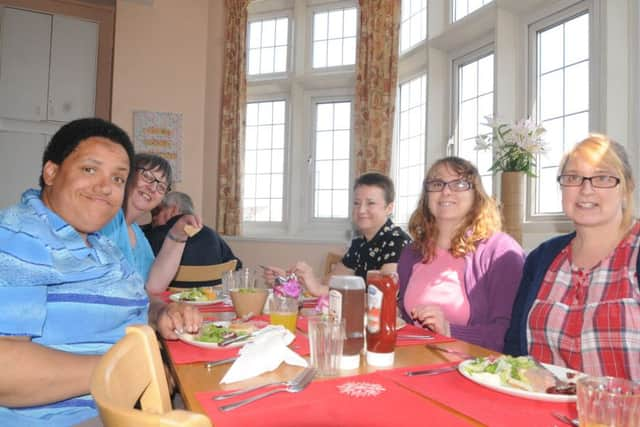

Advertisement
Hide AdAdvertisement
Hide AdA modest former church building a stone’s throw from Sheffield United’s Bramall Lane may not catch the eye of those driving past. But inside its red brick walls is a hub of activity known as St Wilfrid’s Centre.
Set up in 1991 to support the homeless, vulnerable and socially excluded, the centre has grown from somewhere serving a cup of tea and a sandwich to a place offering security and progression.
Director Kevin Bradley says the priority when people arrive is to improve their confidence and self esteem.
“We want people coming in and going out the other end, hopefully into accommodation and some into jobs,” he said. “Where we are unique to many causes is that we accept anyone. We will have anybody that’s just unable to cope, for whatever reason. Asylum seekers, rough sleepers, people referred by psychiatrists, people with learning difficulties.
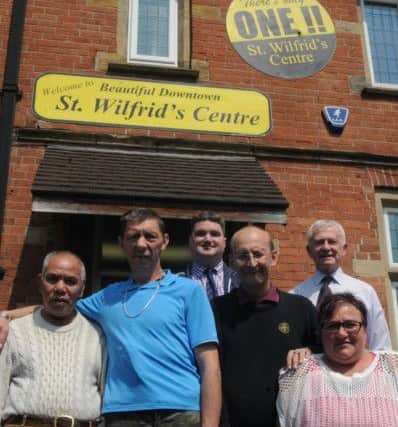

“The common theme is isolation and vulnerability.”
Advertisement
Hide AdAdvertisement
Hide AdAnyone who knocks on St Wilfrid’s door is logged on a computer so volunteers can properly assess their needs and track their progress. Once inside, they can access basics like a hot meal and company. But St Wilfrid’s offers much more.
There are classrooms where people can learn anything from maths and English to computer skills and crafts. Down a narrow staircase is the surprisingly large workshop area, which is bustling with people taking classes in woodworking, ceramics, laser cutting and banner printing. Many of the finished products are sold in the on-site shop.
Among those to have flourished in the workshop is 59-year-old Keith Dewsnap. Although he wasn’t homeless, he came to St Wilfrid’s having lost his job and his wife and suffering from mental health problems.
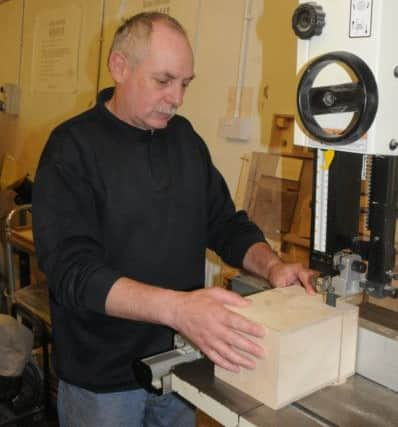

“I hadn’t got anything to focus on, so I just stopped in the same four walls. I didn’t open the curtains, I just sat there and watched TV.”
Advertisement
Hide AdAdvertisement
Hide AdHe was put on medication and a 12-week mental health course, where he joined a walking club. This helped, but once the course was over it was back to the start.
“The lowest it got was thoughts of suicide,” he said. “There’s only so many times you can walk around the city centre. Things just built up and I got lower and lower. But the doctor just said keep on taking your medication.”
Then someone suggested Keith tried St Wilfrid’s.
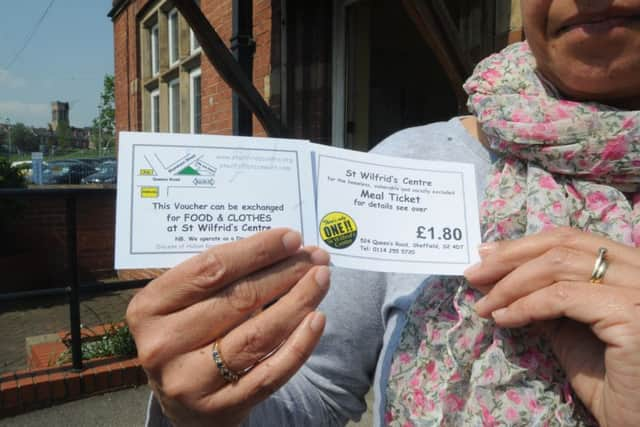

“It was somewhere to come, but I didn’t want to talk to people,” he said. “I wanted people around me but not to talk to them. I used to sit with my baseball cap on and a puzzle book and would do that all day.
“It was a place for me to come and recharge my batteries. I just felt so low, that my batteries had run out.”
Advertisement
Hide AdAdvertisement
Hide AdCentre staff and volunteers eventually coaxed Keith out of his shell and got him involved in some of the classes. He was shown how to use all the equipment in the workshop.
“I’ve always been trying to get back into society,” he said. “To get myself back right. I threw myself into doing the workshop and other things around the centre.
“I gradually came off the tablets. Probably nine months after I had started here I stopped taking medication altogether. I was actually doing something and contributing to the centre. It was like paying them back.
“It gave me a light at the end of the tunnel.”
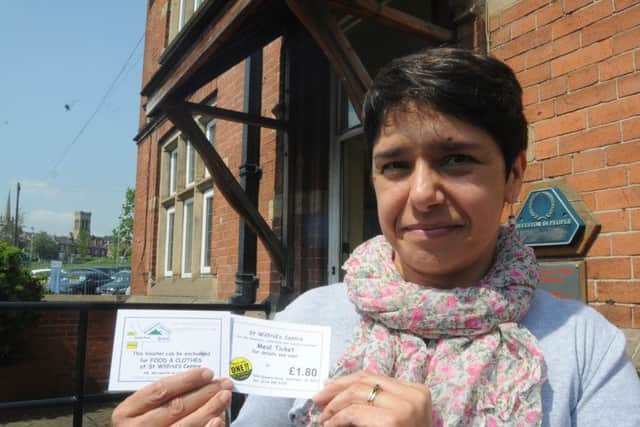

And things came full circle for Keith when a job came up at the centre. He applied, was offered it and has now been working in the workshop for two years.
Advertisement
Hide AdAdvertisement
Hide AdHis success story is one of many for St Wilfrid’s. Another is a meal ticket scheme, designed to help street beggars. People can buy tickets at £1.80 each and give them out to people they see on the street. The tickets can then be exchanged for a hot meal at the centre.
“Instead of giving people money, give them the ticket and if they are genuine they come for a meal. Everyone is happy,” said Kevin.
This, he adds, is a better solution than the Sheffield anti-begging campaign, which encourages people to give to charity instead of directly to beggars.
“I would agree that it’s a choice to be begging,” said Kevin. “But if they are not genuine then they wouldn’t come here. At least the person that’s given them the ticket still knows that the money isn’t going on drink or drugs. It’s so simple it’s daft. Everyone should do it.”
Advertisement
Hide AdAdvertisement
Hide AdKevin plans to retire this year, but not before realising a dream. In a few weeks a residential centre with 20 apartments will open just over the road from St Wilfrid’s. Homeless or vulnerable people can live there for up to two years.
Kevin said: “The main cause of homelessness is mental health. Other things like domestic situations and split families are contributory but the main reason is mental health.
“At the moment people get the key to a flat, they have no friends, many are unwell, they can’t read or write. They open the door, there’s no furniture in there, they don’t have the wherewithal to find out how to go about it.
“They get in the flat, they are in there for two or three weeks, they get frightened. Bills start arriving. They do what we call a moonlight. They just disappear.
Advertisement
Hide AdAdvertisement
Hide Ad“All that we are doing is perpetuating the problem of homelessness.
“The deal is while they live at our residential centre they attend classes Monday to Friday. It’s all to reintegrate. By the end, hopefully they will be ready to move into a property of their own. But they will still have the support of the day centre so they won’t be on their own.”
See tomorrow’s Star (June 17) for a look at the work of Emmaus.